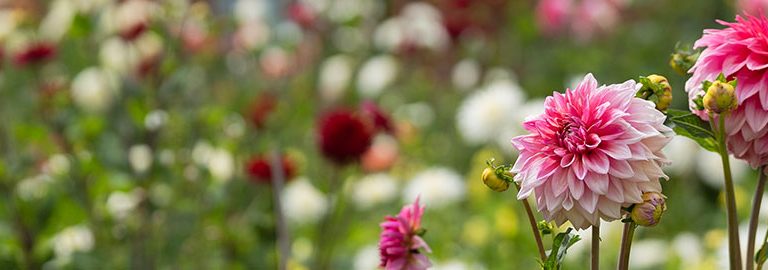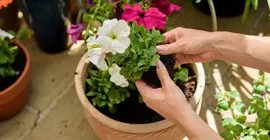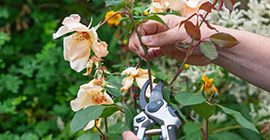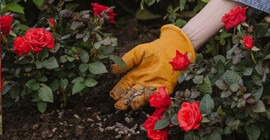Holiday season is here, and gardens are hot, hot, hot! If you’re going away on holiday, remember to ask a friend or family member to water the garden for you (that’s if there’s not too much rain). Read some of our top tips for holiday-proofing your garden here. Plants can wilt quickly at this time of year, so they may need constant attention if rainfall is limited. Most importantly, August gardening is about enjoying your garden.
Essential August Gardening Jobs
- Feed and water plants
- Feed tomatoes
- Feed and weed your lawn
- Deadhead flowers
- Prune wisteria
- Prune and feed roses
- Cut back perennials
- Prune fruit trees and bushes
- Lift garlic and shallots
Last chance to
- Harvest the last of the peas and beans
- Take cuttings of tender plants
Holiday watering
Before you head off on holiday, a few simple steps will ensure that your plants don’t go thirsty while you’re enjoying a well-earned break. Move pots and window boxes to a part of the garden that’s in the shade and stand pots in deep saucers to ensure that roots have a reservoir of water to draw from. You could even place your pots in a paddling pool to soak up the water they need whilst you are away.
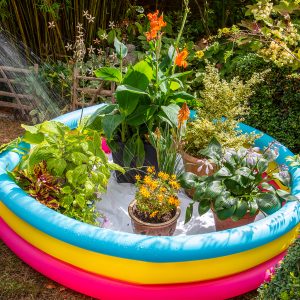
Hanging baskets soon bake dry in the heat, so take them down and stand each basket on a bucket in a shady area, taking care not to damage trailing plants. If that’s not possible, provide a neighbour or family member with a hosepipe lance to make watering easy. Even if the weather is wet while you’re away, container plants still dry out quickly, with dense canopies preventing rain from reaching the compost, so they’ll still need watering even if the heavens open.

Feeding plants
Feeding plants during the growing season is the foundation of good gardening. Boosting nutrients can result in spectacular displays of flowers, and bumper harvests of fruit and vegetables from stronger, healthier plants that are better able to ward off attacks by pests and diseases. Edibles and bedding plants are the hungriest garden plants and so respond well to regular feeding, especially when grown in containers. An important August gardening job is to make sure you use a good all purpose plant food like Boost, which contains equal amounts of NPK to promote growth, root development, and 4 x more flowers*. Simply add to your watering can every time you water!

*bedding plants vs unfed
Feeding tomatoes
August is a crucial month for tomato plants, as many are still flowering and fruiting. To keep them healthy and productive, it’s important to continue feeding them with Westland Big Tom. Big Tom is specially formulated with extra magnesium and a unique mix of nutrients to support strong, healthy plants and boost the flavour of your tomatoes. Whether you’re growing in the greenhouse, on the patio, or in growbags, a regular feed will help maximise your harvest.
Top Tips for August Tomato Care:
- Feed once a week with Westland Big Tom as soon as the first truss of fruit has set.
- Water consistently to avoid issues like split fruit or blossom end rot.
- Pinch out side shoots on cordon varieties and remove lower leaves to improve airflow and ripening.
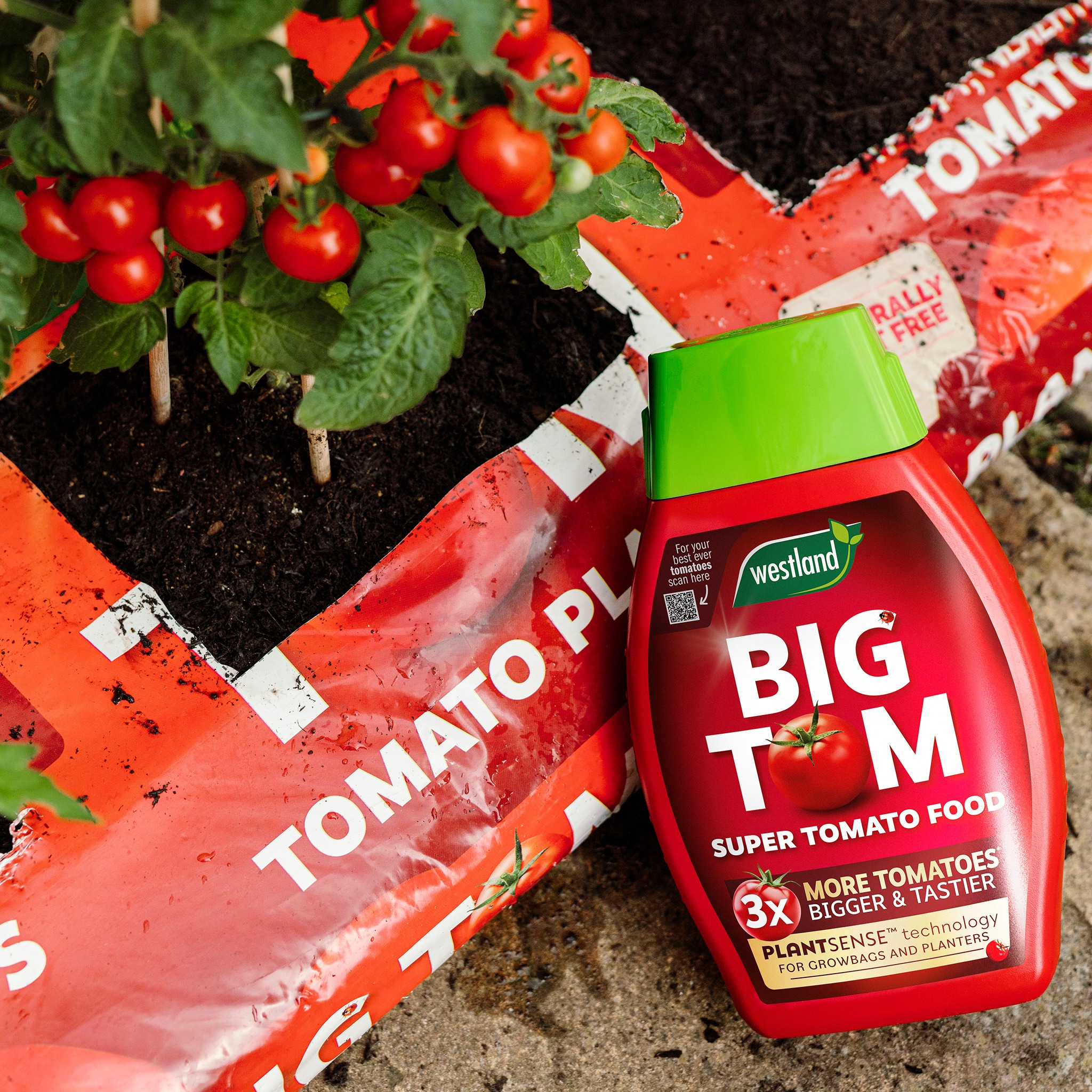
Look after your lawn
As summer progresses, tired turf is often crying out for revival – and Westland Ultra Green Feed & Conditioner is your lawn’s ultimate solution. It’s balanced nutrient formula works its magic from the roots to the tips, ensuring a stronger and healthier lawn all season long. With an Iron and Magnesium supplement to provide rapid deep greening action in just three days, this lawn feed also promotes stronger grass that can withstand stress and outcompete moss. This formula will improve your lawn’s health without the risk of scorching through over-application, and it also prevents excessive surge growth.
Using Ultra Green will allow you to spend less time mowing and more time enjoying your luxuriously green and resilient lawn all summer long.
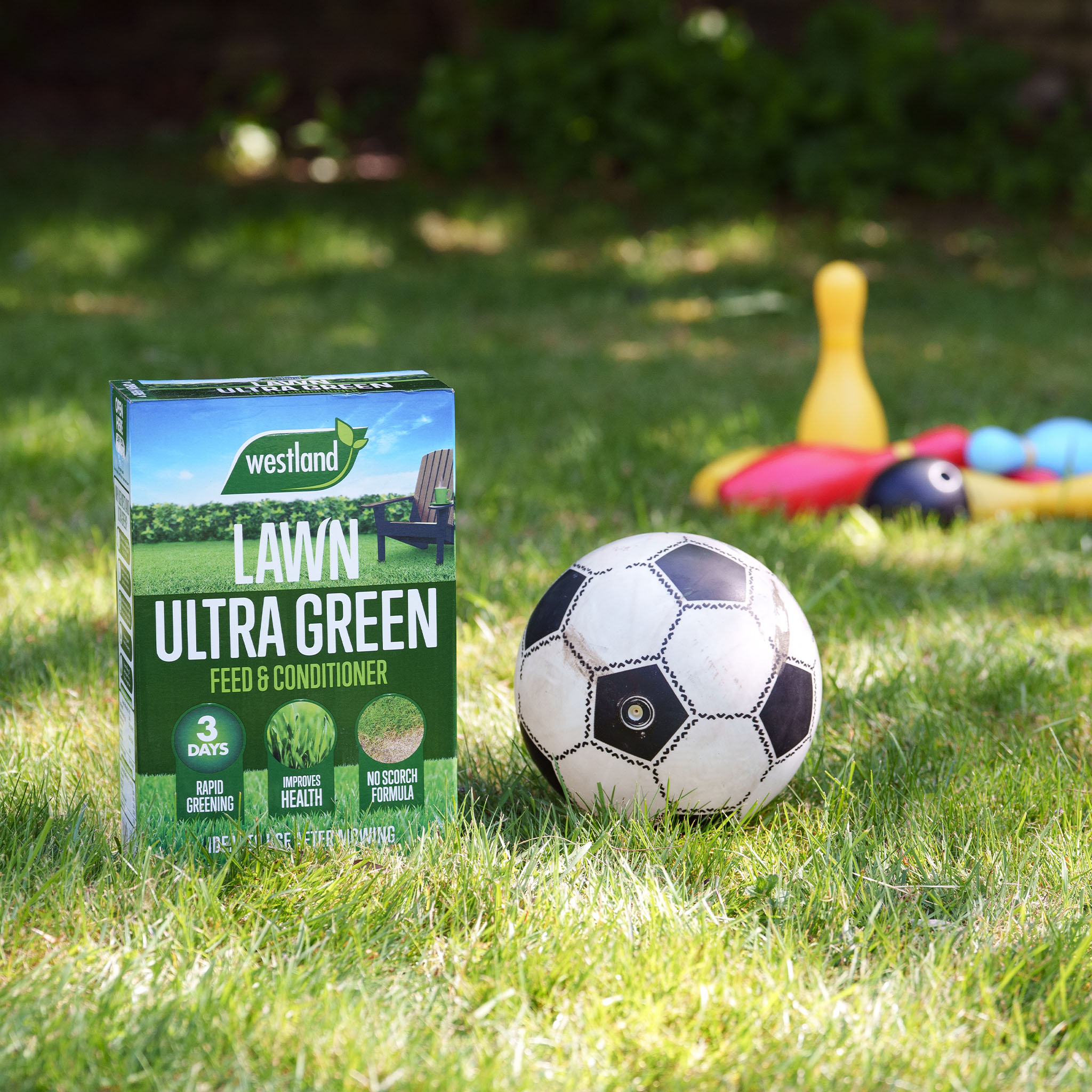
Here are some more top tips to keep your lawn looking as healthy as possible:
- Cut the lawn at least once a week, with your lawn mower blades raised higher than usual to help the blades retain as much water as possible
- Repair bare patches with Patch Fix. If you’ve had rain, now’s a good time to reseed.
- Leave grass clippings on the lawn as they will act as a mulch, helping with water retention
- Remove obvious weeds as these will be competing for light, water, and nutrients. Use a specific lawn weedkiller like Resolva Lawn for effective control of broad-leaved weeds, including Dandelions, Daisies, White Clover, Yarrow, Buttercups, self-heal, deadnettle, and speedwell, as well as broad-leaved docks in lawns.
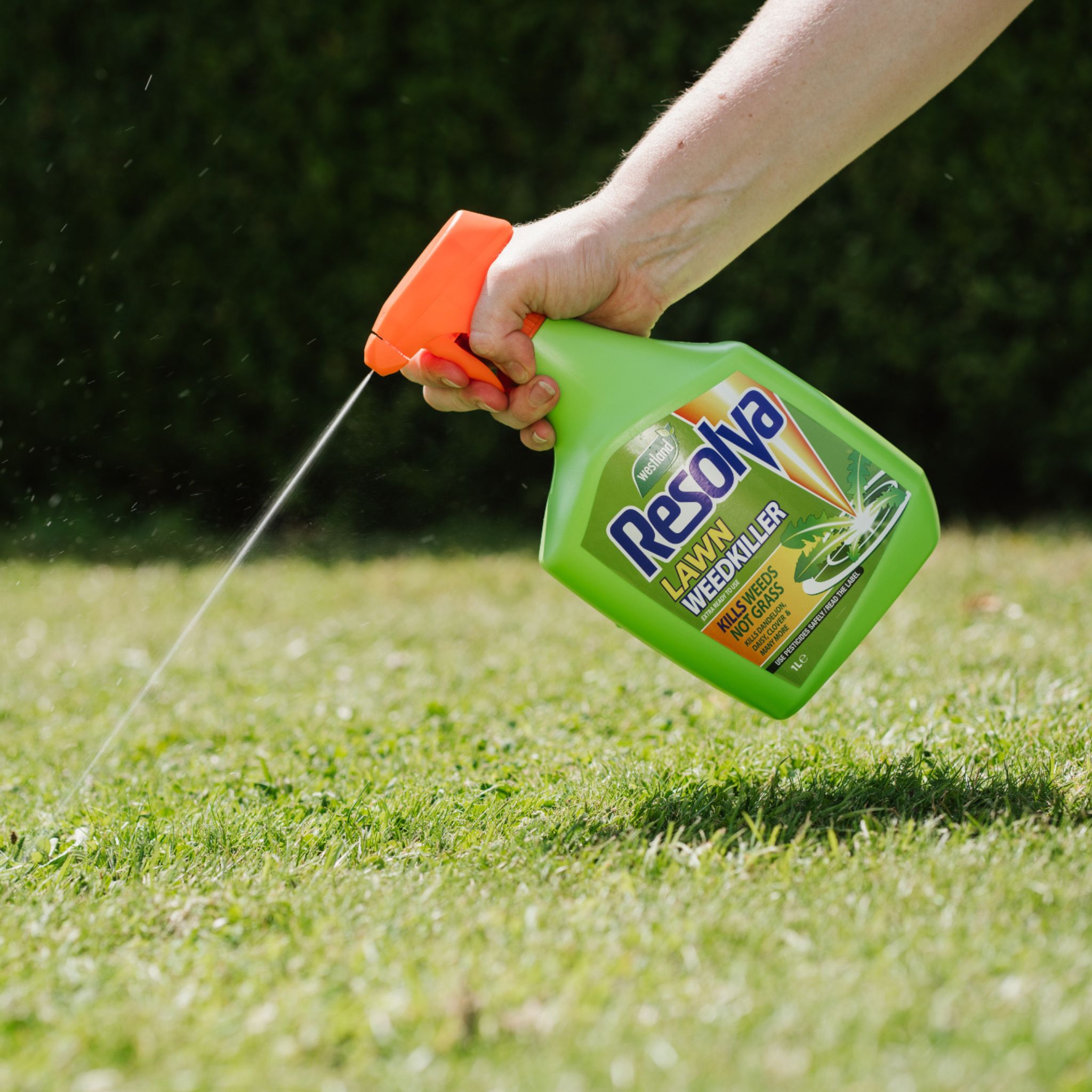
Deadhead flowers
August gardening also involves keeping your garden full of colourful flowers for longer. Do this by removing flowers as soon as they fade. This helps the plant to make new blooms, instead of putting its energy into seed production.
Dahlias are one of the highlights of late summer and can still look dazzling until the frosts. Keep displays sparkling with regular deadheading using a sharp pair of secateurs; this will help ensure more flowers keep on coming.
Keep repeat-flowering roses in gorgeous bloom all summer by deadheading regularly, removing the faded flowers and flower stalk down to the nearest leaf, which will encourage more flowering shoots.
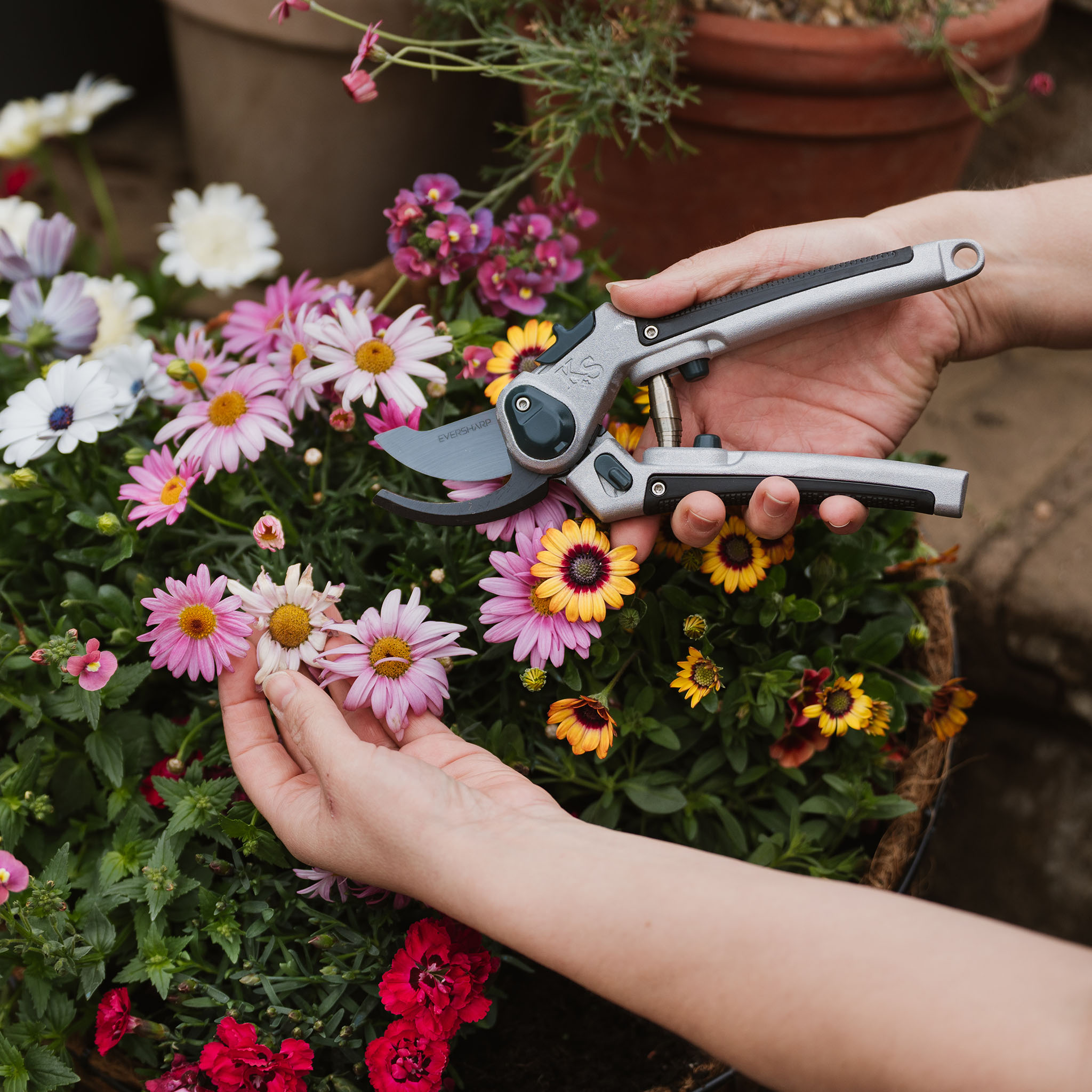
Prune & feed roses
Rambling roses that do not develop colourful hips are worth pruning in August to keep them in bounds and flowering well. Thin out growth by removing a third of the oldest stems, and cut away any shoots that have flowered.
Continue to feed your roses with Westland High Performance Liquid Rose Feed to encourage further flushes of flowers and keep your roses healthy.
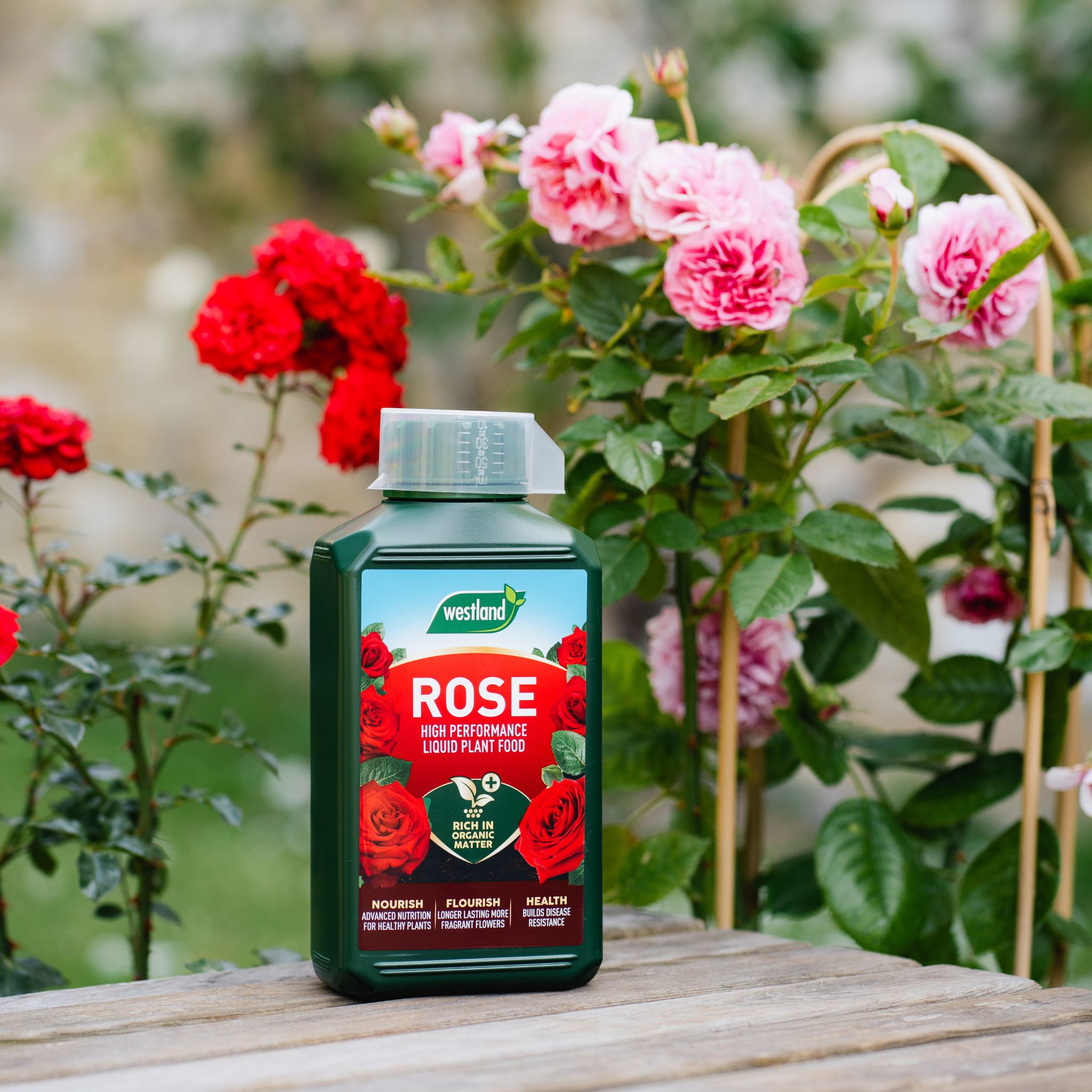
Prune wisteria
August is an ideal moment to prune your wisteria, removing long whippy growth the plant has made this year, back to five or six leaves. This will help keep your plant in bounds and stop it from causing problems with guttering and eaves if growing on a house wall. Pruning also encourages the plant to form next year’s flower buds.
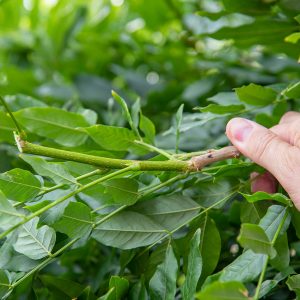
Cut back the lavender
Keep lavender tip-top by trimming back as soon as plants finish flowering, cutting stems by around a third. You don’t have to cut each stem individually – trim them off in handfuls. Pruning lavender not only helps keep it in shape but also makes bushes live longer.
Take cuttings of tender plants
If you would like to keep any half-hardy plants for next year, August is the time to take cuttings. Perennials such as Verbenas, Fuchsias, and Pelargoniums are good plants to take cuttings from. Once you have taken the cutting, dip it into a hormone rooting compound before inserting it into small pots. Fill these small pots with Seed & Cutting Compost. Water in well and ensure to keep the cuttings in a warm place but out of direct sunlight. Within 8 weeks, the cuttings should have rooted.
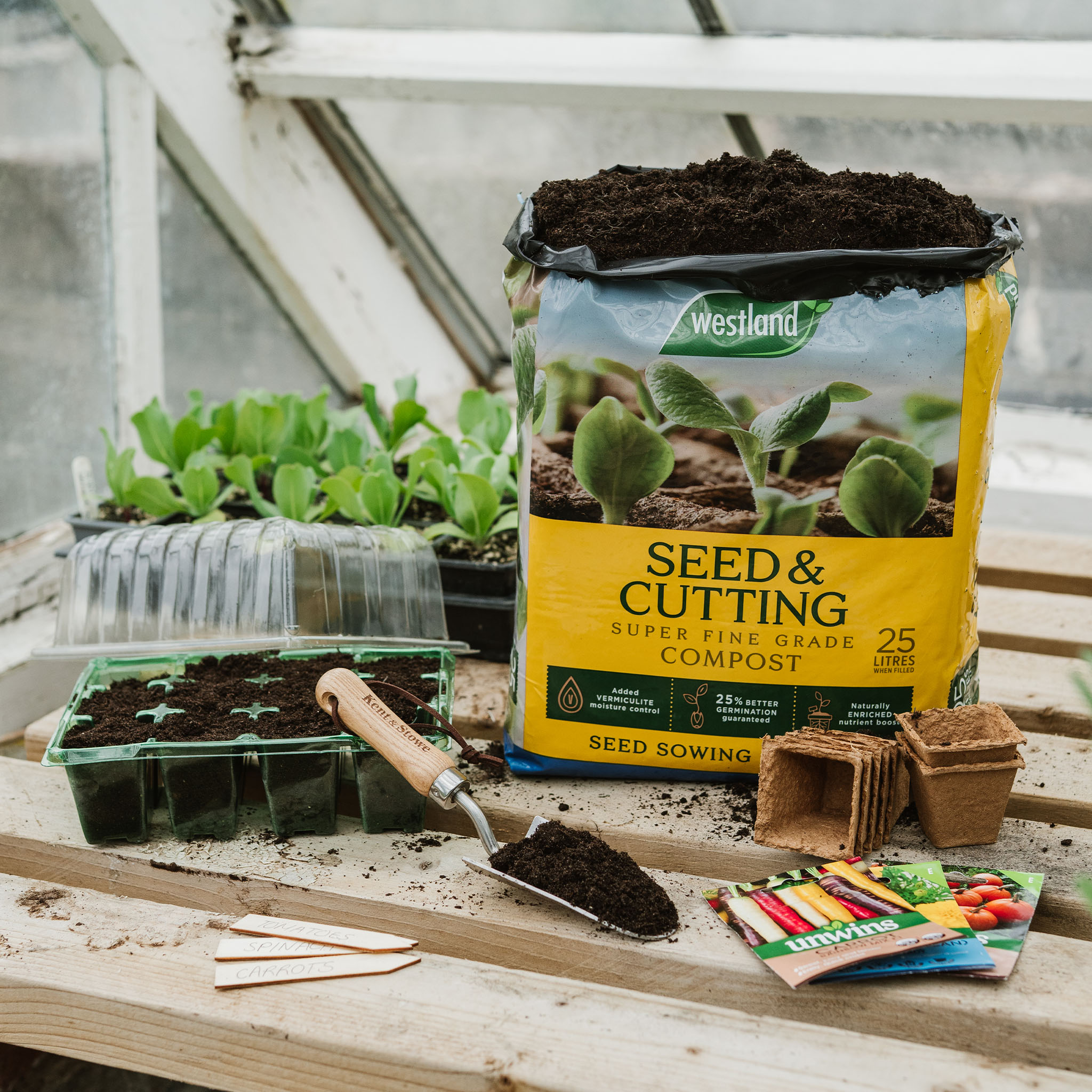
Kitchen Garden
Prune fruit trees
New shoots on espalier, fan-trained, and cordon apple and pear trees need pruning in summer. This helps plants produce better growth and more frui,t which then ripens more readily. Also, look out for new shoots growing from the main stem and cut back to 3 leaves; remove any upright vigorous shoots.
You can still prune established plum trees at the start of August. Cut back new growth by about a third and remove any shoots that spoil the open-centred vase shape.
Prune summer-fruiting raspberries, blackberries, and hybrid berries
Another August gardening job is to cut back the canes that have already fruited to ground level. This creates space for the green canes that will fruit next year. Tie in the new growth to the support.
Harvest the last of the peas and beans
Runner beans are borne in abundance in August, so you’ll need to aim to harvest every few days, or plants can quickly stop flowering and no further pods will form. Beans are best picked when young and tender – pods should snap easily, while beans inside remain small.
Keep picking peas regularly if you want to keep your plants flowering and cropping. When pods are well filled with peas – usually around three months after sowing – they’re ready to be harvested.
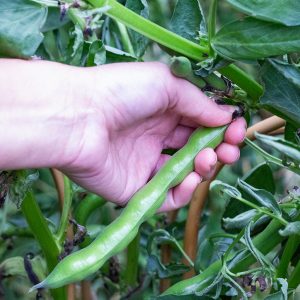
Lift garlic and shallots
Once the tops of the garlic and shallots have died off, expose the bulbs to sunlight by removing the soil from around them. This will help to ripen them. As soon as the tops have dried off, lift the bulbs and leave them to dry for storage.

